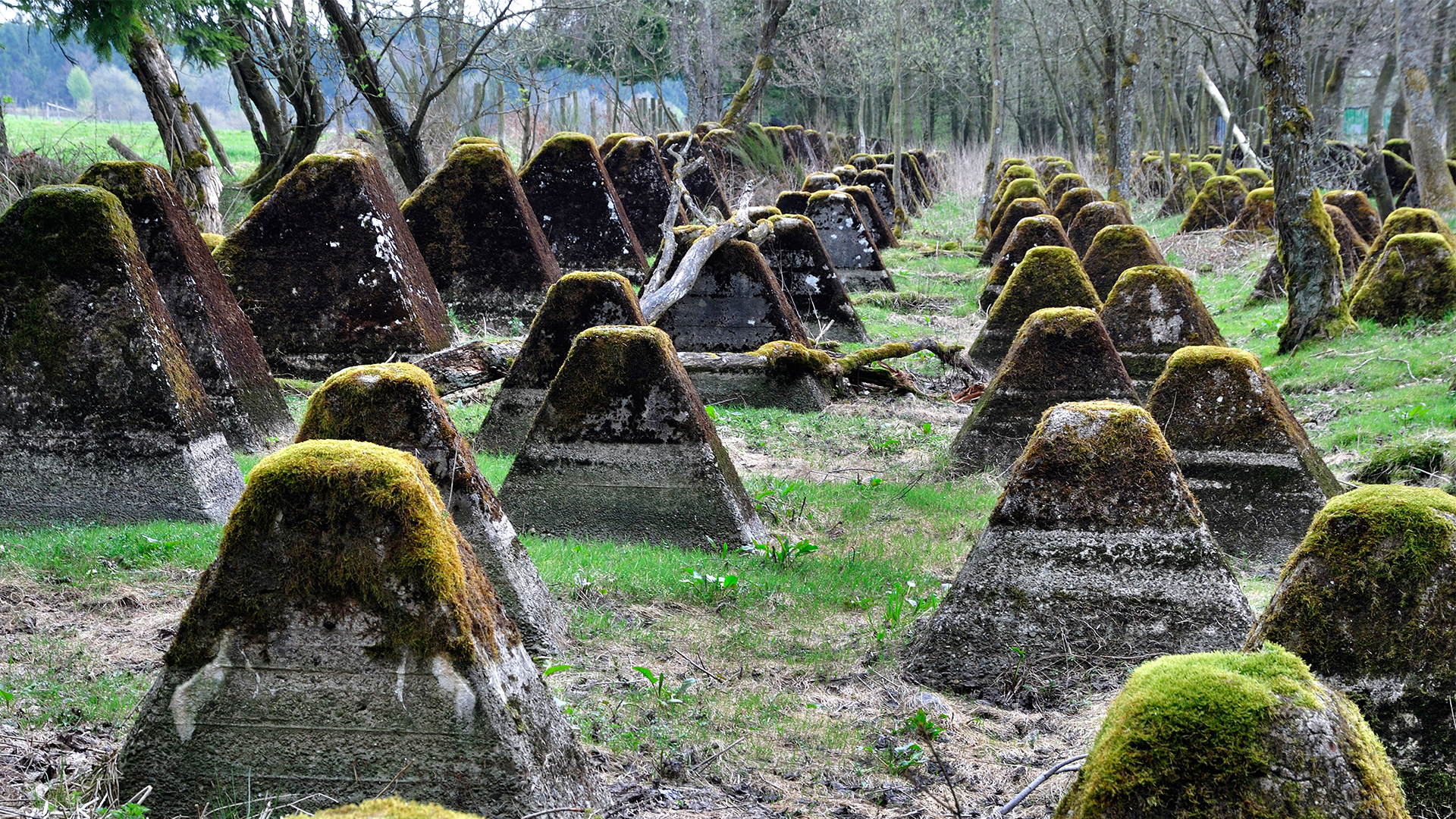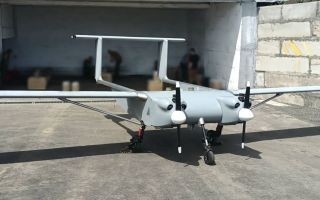
Peat bogs: Centuries-old tactics helping to protect Nato countries bordering Russia

Since the start of the war in Ukraine, Nato member countries neighbouring Russia have been working on reinforcing their borders, with a nervous eye on Moscow.
Some are now reportedly looking into the idea of re-wetting drained peat bogs, which could act as a natural barrier to stall any invading enemy tanks and troops, as well as help combat climate change.
Poland and Finland are both said to be exploring the potential of this centuries-old defence tactic of deterring an enemy.
Nato member Estonia, which shares 183 miles of border with Russia, is also considering using peat bogs as an additional defence tactic.
"Bogs and all kind of wetlands and wet forests are probably the most treacherous land for the enemy," said Estonian ecologist Professor Aveliina Helm.
"You can never predict what you meet there."
Estonia's peat bogs and wetlands date back around 10,000 years and make up around 7% of its territory.
They also helped defend the country during the Second World War.
"In the northeastern part [of Estonia] we have large areas of bogs and wetlands that have historically also been very important in protecting our country from our very long-term enemy from the east," added Prof Helm.

Bogs used to channel forces
Defence researcher and former Army infantry officer Ed Arnold says the idea might be just as effective today, if not more so given the extensive use of drones on the battlefield in modern warfare.
"Ground is difficult to manoeuvre on anyway... [but now] you can't hide on a battlefield," he said.
"Previously, I might have thought, well actually, if I'm a dismounted combat callsign, I might try to get through that bog, I might sneak around, and the enemy might not think I'm coming from that location.
"But actually, now you can't really do that.
"Bogs are not just there to slow the enemy, get their boots wet, lose a couple of vehicles; they're used to channel forces."

Dragon's teeth defences
Other Baltic states have resorted to another traditional military tactic to deter tanks and armoured vehicles – dragon's teeth.
Nato member Lithuania has installed these concrete pyramids on bridges linking its country with Russia as a precautionary measure to ensure effective defences against a potential incursion.
Dragon's teeth can slow down, or even completely stop armoured vehicles and tanks from advancing, leaving stranded vehicles vulnerable to enemy attacks.
They can also be used against mechanised infantry and are not easily removed.
Similar types of dragon's teeth defences have been used by the Russian military in Ukraine, in a war that has resorted to both traditional and new innovative tactics on both sides.









